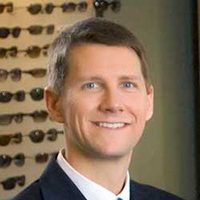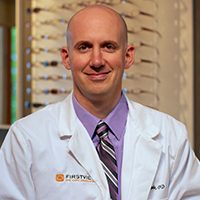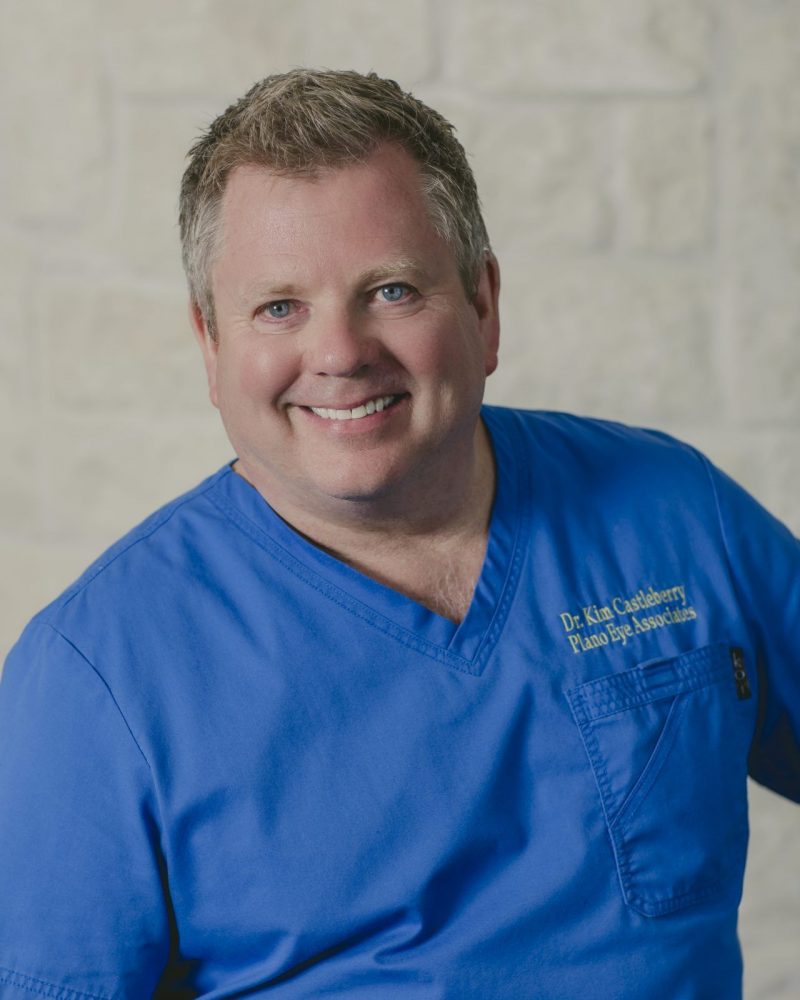I purchased my OPD Scan III about a year ago. I’m using it in my practice to increase efficiency. I previously had the OPD Scan II and I upgraded to the OPD III for the increase in technology that this unit offers. One of the things I like about my Scan III is that it gives me better measurements. So, when I send patients out for surgery we can look for toricity, corneal toricity and see if they need a toric IOL and I can explain that to the patient. Also, in contact lens fittings, the information received allows me to fit contact lenses much faster because of the information provided. From a refractive point of view, it gives me my starting point much easier so that when I see my patient it only takes me about a minute or less to refine their prescription so that it can be used in my practice. Another advantage of my Scan III is that, with my staff, it is easy to use and learn. Also, when patients come in, there’s a “wow” effect from the technology that my office has that other offices in my area do not have.
Group: OPD-Scan III Wavefront Aberrometer
Troy White, OD
I love the topo and the higher order aberrations calculations on the OPD. It helps me to show and explain to those difficult to refract patients why they can see as well as they want to be able to see. The OPD and TRS in series integrate seamlessly with our EMR. This allows us to import all that important data without the fear of data entry errors. Plus it is so much faster and efficient for the patient to have that data imported into our EMR.
Daniel Paul, OD
I purchased the OPD-Scan III which replaced my OPD-Scan II. The old system gave me great results for six years but the new one is amazing! My office runs more efficiently and I believe it is much more accurate. There have been a number of times that I have put in the “wavefront” prescription and have gotten better results than the patients subjective. The patients like the blue light better – they say it is easier to look at. Thank you, Marco, for the new and improved OPD – I am saving more time and it does make the day more streamlined.
Brett M. Paepke, OD
All of my patients have technician-guided topography and OPD-Scan III performed as part of a comprehensive eye examination. I then review the data with the patient in the examination room, making sure to connect any anomalies to his complaints. Having topography data available for every patient has shown me many cases of corneal conditions that I might not have detected otherwise. I’ve even saved marriages with it. A 60-year-old truck driver had a chief complaint of nighttime glare that was shaped like a cross. His wife thought he was making it up, but I was able to show her a point-spread function map that clearly demonstrated the cross-shaped glare that was being generated by the patient’s cataracts.
Scot Morris, OD
Marco’s OPD combines refraction, topography, wave-front analysis and a host of other features all into one ergonomic package. The OPD gives tremendously more information with one click than most traditional practices could ever hope to gain with any and all of their current equipment. Ultimately the diagnostic capabilities of the OPD not only aid the doctor in ascertaining a more complete picture of the visual system but also help to provide a more clear and concise explanation to the patient as well. Best of all, it feeds directly into my EHR, save me time and decreasing costly transcriptions errors.
Ben Gaddie, OD
Sometimes, I’m surprised by what the topography reveals, especially if I obtained a good refraction and the patient is seeing well. I’m reminded of the value of the OPD-Scan III every time I diagnose heretofore undetected pathology, such as keratoconus or pellucid marginal degeneration. This instrument simply helps me to be a better doctor.
Barry Eiden, OD, FAAO
The OPD-Scan III system is an integrated aberrometry system. It combines the attributes of a placido topographer, automated refractor, and automated keratometer, and adds the elements of wavefront aberrometry and pupillometry. By integrating these systems into one multifunctional unit, we can quantitatively evaluate how light is focused throughout the visual system. It provides us with both low-order aberrations, which in essence are the traditional refractive measures of sphere, cylinder (and axis), and high-order aberrations (such as spherical aberration, coma, trefoil, etc.). Furthermore, the OPD can identify the source of these aberrations and differentiate between external (typically anterior corneal and tear film) and internal aberrations (typically lenticular in origin, such as cataract, IOL anomalies, or posterior capsular opacities).
Matthew Forgues, OD
Lou Catania, OD, FAAO
The highly precise measurement of higher (3rd and 4th) order aberrations with modern wavefront aberrometry can now identify and accurately measure a patient’s irregular astigmatism and spherical aberrations. At the “clinical awareness threshold” these “higher order” aberrations (HOAs) begin to decrease the “quality of vision” and undermine the likelihood of ⅛ D sensitivity.
Kim Castleberry, OD
I have found the OPD to be a most valuable asset in my practice. All I ever wanted in practice is an unfair advantage. That is what I feel I get with the OPD coupled with digital refractors. My well vision patients don’t have to answer “which is better, one or two” very much. In fact I have found the Wavefront refraction is so accurate I only need to flip cylinders a couple of times a day. I simply make small spherical adjustments and I am done. Digital refraction takes less than 30 seconds in most cases. My patients love the freedom from the stress of manual refraction and I love the unfair advantage OPD Scan and digital refraction gives me in the marketplace!










